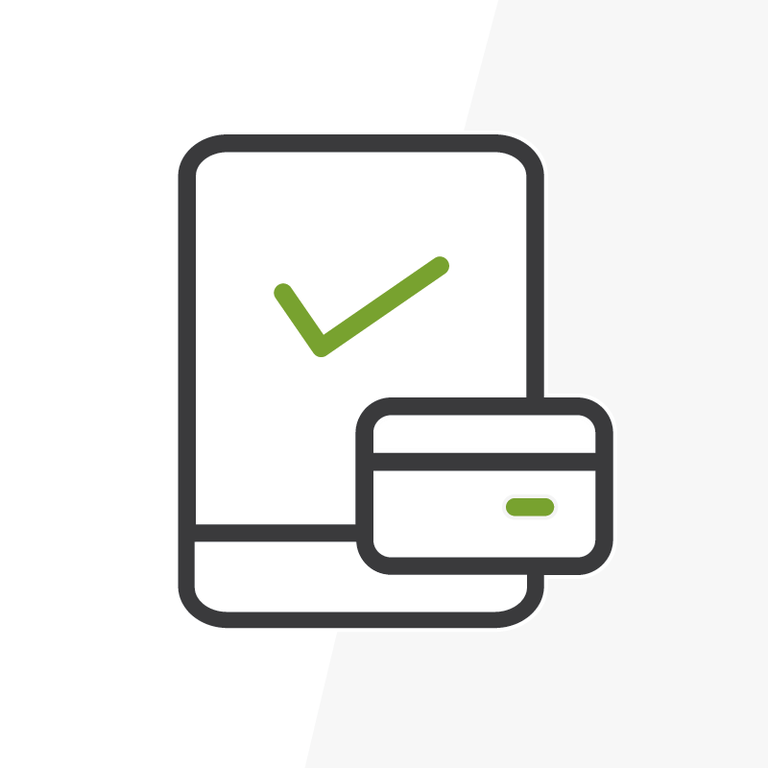
Taking Salesforce Nonprofit Cloud Beyond Outbound Funds
Salesforce’s Nonprofit Cloud has the free Outbound Funds module (OFM), which is intended to assist a nonprofit in tracking funding requests for its funding programs. At Arkus, we work with two organizations that have leveraged Outbound Funds for funding requests, grant applications, and inventory management. In order to do so, the organizations have built out the base capabilities by using additional custom objects, flows, and third party tools. By using these tools, both organizations are able to track their funding program budgets and the spend down and disbursements for each.
Employment Resources
One of our clients receives grant funds for different employment development programs. Their program participants often need resources for clothing and transportation, especially to support them as they interview with potential employers. The organization uses funding requests to provide case managers with a way to request up to three items at a time for their clients. The configuration leverages the Declarative Lookup Rollup Summaries (DLRS) application to track location-based inventories as well as the spend down on the overarching funding programs. Funding requests only have a lookup relationship with funding programs, so standard rollup summary fields are not available. Having the lookup relationship versus a master-detail one is important for security as we want case managers to have the ability to make funding requests, but no access to funding programs.
Ultimately, our managers have access to the funding programs where they can manage requests and program budgets. Leveraging DLRS, funding program managers can review totals for pending funds, awarded funds, remaining funds, and remaining funds on a funding program record to help inform whether they have the resources to approve a request. When the manager approves or rejects the request, the applying employee receives an email notification. If the request is rejected, additional automation removes the items on the request and marks those items as unused so that they appear back in their related inventory.
Just In Time Support
Another client supports organ and tissue donations. One way they support the process is by providing funds to families who have a loved one going through the process of receiving a transplant. They receive applications for funding requests from social workers using a form created in an integrated third party application. An administrator at the organization reviews the application and related budget, and may request additional information or updates. Their configuration includes a custom application object and an additional form response object, which maintains the original form response and creates a new record from each subsequent update to help track any changes. A custom budget object does the same thing, as the budget is often the piece of the application that needs to be updated. The funding request is sent to a manager who receives an approval request email prompting them toeither approve or reject the request. This provides the administrator with the approval to disburse the funds.
Grant Applications & Disbursement Schedules
The two previous examples primarily involve an employee and their manager interacting to request and approve funding. The finance department at the organization that supports organ and tissue donations found out about how their administration team was using funding requests to process grant applications. The organization provides multi-year grants to researchers who apply in a similar way to the social workers except their application and budget forms and processes are much longer. Their applications also involve multiple contacts, which can be handled easily with the Outbound Funds Module’s Funding Request Roles. They also involved external application scorers to help evaluate applications, which was built out leveraging a custom scorecard object, the aforementioned third-party form tool, and DLRS.
The finance department was interested in tracking multi-year outgoing payments, which were being managed on multiple spreadsheets by multiple people. Unfortunately, they had missed payments in the past. Outbound Funds provides a custom disbursements object and related disbursement schedule with a wizard that creates multiple disbursement records at once. We added disbursements scheduling to the process that is managed in Salesforce by the administrator. We also created a cross-department approval process that involves the administrator confirming the timing for the payment 30 days in advance. The end result is that the finance team manager is notified that an upcoming disbursement needs a review and approval. Finally, a finance team member sends the payment and marks the disbursement as paid. Configuring the process in Salesforce aligned the administrative and finance teams, and provided transparency into managing it.
We should also mention that Outbound Funds has a requirements object, a GAU expenditures object, and can be configured to track the comments and recommendations of funding request reviewers. The objects were not applicable in these scenarios, but they’re worth checking out. We hope that these examples give you some ideas about how you can leverage Outbound Funds. Review the Salesforce Outbound Funds Module Product Documentation here.
Let us know if you have any questions. Reach out to me on LinkedIn or contact the Arkus team through our contact form linked in the footer of this page.

